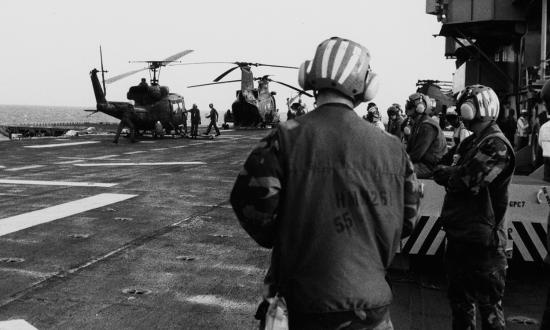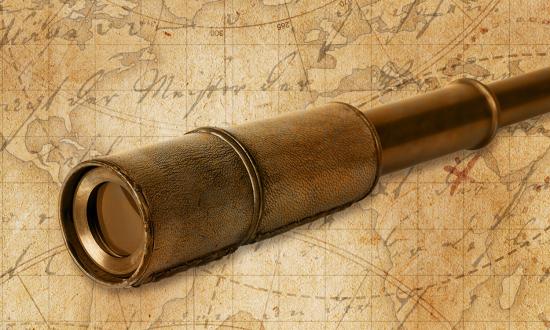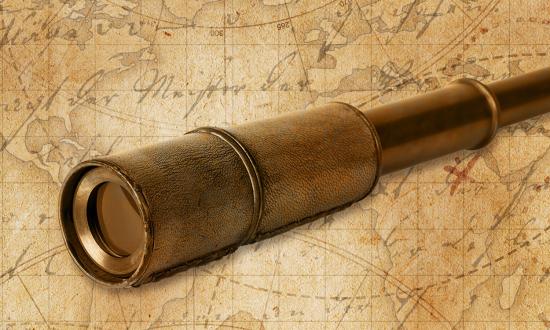In November 1943, at a nondescript atoll 95 miles north of the equator, dug-in Japanese defenders on a heavily fortified little island would fight virtually to the last man; to wrest that island from them, the U.S. Marine Corps would pay dearly.
The U.S. victory at Tarawa came at a shocking cost, indeed—as many Marine casualties in just 76 hellish hours as in six months of the Guadalcanal campaign. The sacrifice caused a hue and cry among the American public and within the armed forces. But Fleet Admiral Chester W. Nimitz stood his ground. “The capture of Tarawa knocked down the front door to the Japanese defenses in the Central Pacific,” he said. Others—from Marine Corps Commandant Alexander Vandegrift to Marine Colonel David Shoup, hero of Tarawa—agreed. And Tarawa came to be regarded as a doctrinal textbook of lessons learned going forward—one that would aid greatly in the long tough slog of island fighting that lay ahead on the way to Japan.
We commemorate the 80th anniversary of the Battle of Tarawa in this issue with a double offering. Former Chief Historian of the Marine Corps Charles D. Melson serves up a consummate blow-by-blow, day-by-day account of the grueling battle and the Marines who fought it. But first, Peter McQuarrie sets the table with a groundbreaking take on the air attack on Tarawa nine weeks prior to the Marine assault. Translating Japanese sources, the author unearthed revelations about a fearsome “Sea of Fire” that was under construction at Tarawa—construction that, fortunately for the soon-to-arrive Marines, the air attack put the skids on.
Fast-forwarding from 1943 to 1983, we come to another important date in Marine Corps history: the bombing of the Marine Corps barracks in Beirut, Lebanon—the worst peacetime loss the Corps has ever endured. Retired Navy Lieutenant Commander Alan Ables, who was stationed in Lebanon at the time, offers an account of the events that is both trenchant and elegiac; it is a moving tribute to those who perished there.
Elsewhere in this issue, Ian Sebire returns to our pages with a top-notch recounting of the December 1943 Battle of North Cape, that storm-racked Arctic Ocean showdown that marked the final clash of capital ships in the European theater of World War II—as well as the last stand of the notorious German battle cruiser Scharnhorst. And Mark Carlson investigates the explosion and sinking of the Soviet battleship Novorossiysk at Sevastapol in 1955. Her mysterious fate had implications for the future trajectory of the Soviet Navy’s fleet structure—gone now were the late Joseph Stalin’s visions of big surface warships, in was the emerging era of the submarine-centric force that would be a dominant threat through the Cold War.
Lastly, we dial the wayback machine precisely 1,980 years, to look at the Roman amphibious invasion of Britain in 43 AD. As author Steven Iacono points out, the gargantuan operation was by necessity an impressive logistical undertaking. As Marine Corps Commandant Robert H. Barrow famously observed, “Amateurs talk about tactics, but professionals study logistics.” The Romans no doubt would have concurred. And beyond just the logistical aspect, whether it is the year 43, the year 1943, or some year not yet passed, amphibious assault will ever be a thing fraught with its own distinct challenges.
Eric Mills
Editor-in-Chief






